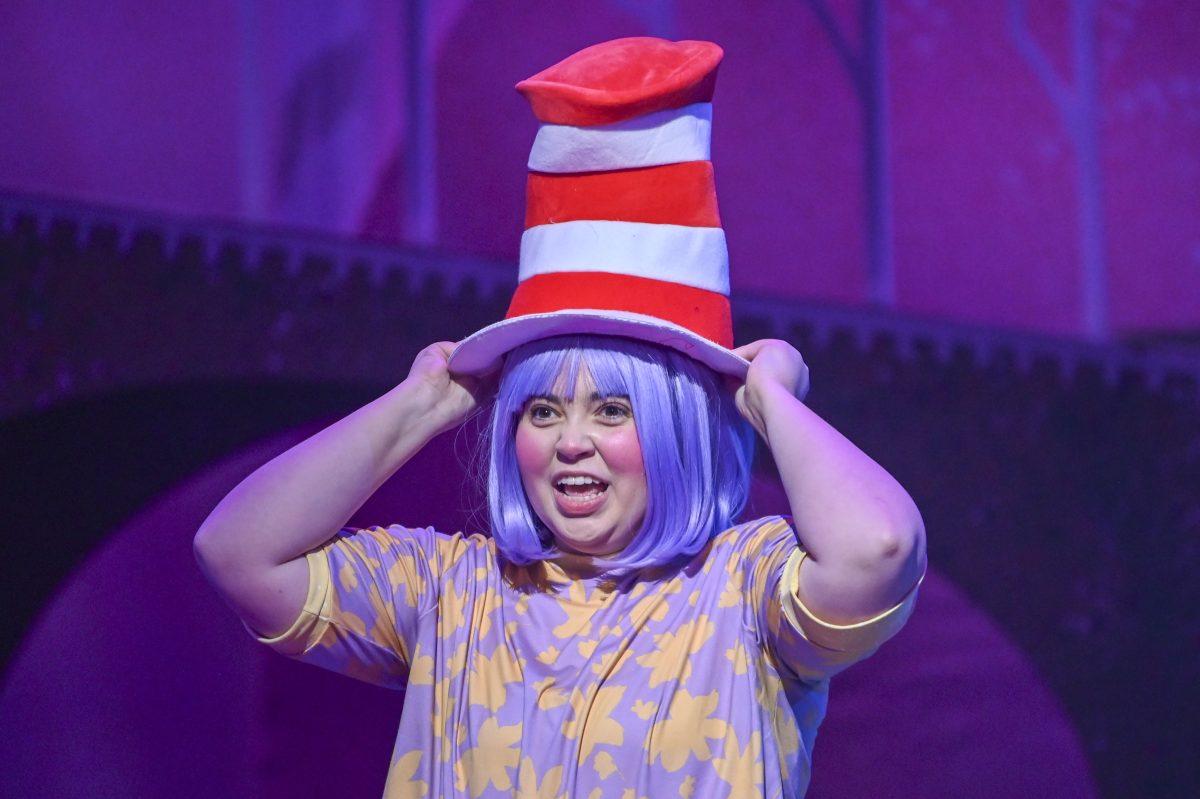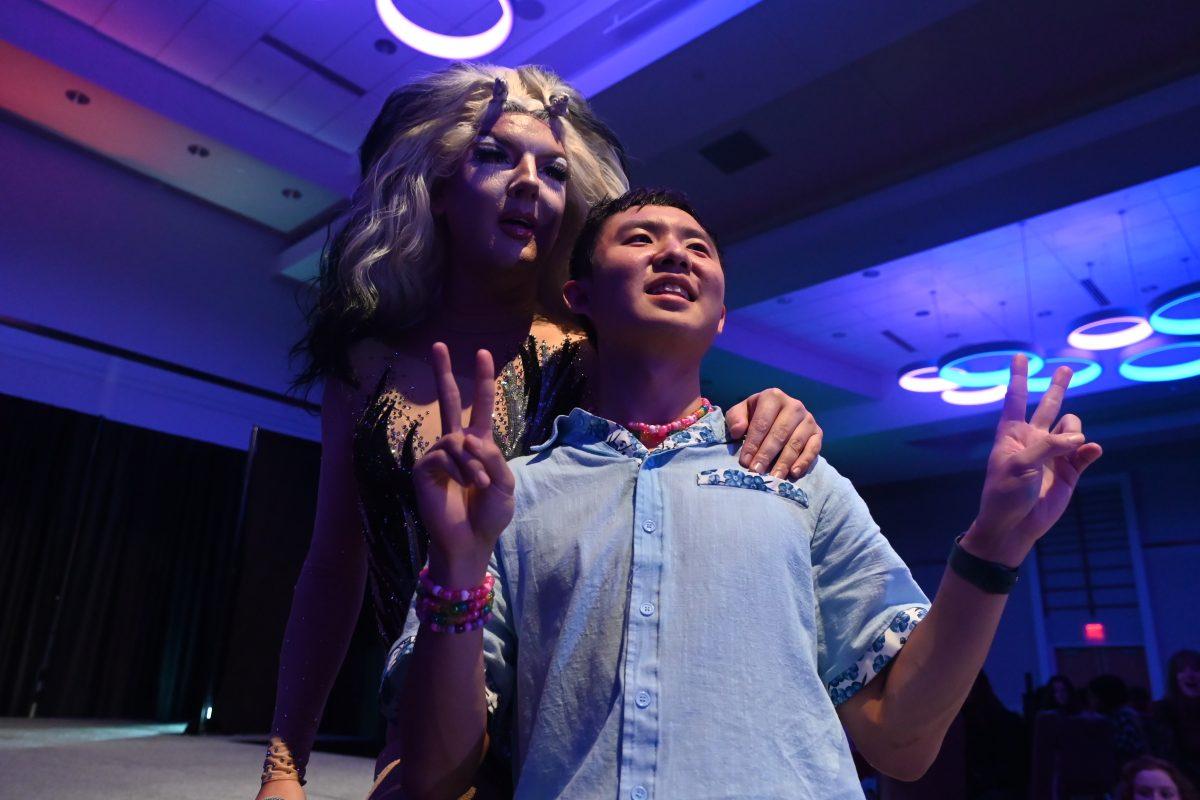Great comic books are ones that are viewed not as funny papers or cheap forms of en tertainment, but as works of art. And when you have a great writer, such as Alan Moore and Neil Gaiman at tached to a title, it is almost guaranteed that it will be a knockout read.
Miracleman is a classic title from the 1980s that has re cently been digitally restored and reprinted by Marvel Comics. Now, longtime fans and newer readers have the chance to either relive or ex perience these stories for the first time.
The book follows the ad ventures of Mickey Moran, a middle-aged journalist who longs for something more than an ordinary life. Yet unbeknownst to the troubled freelancer, Moran was once a magnificent superhero in his past. Now, as a strange series of events unfolds, one magic word will lead Moran to this revelation, allowing him to reclaim his destiny as Mira cleman.
The first few issues depict the character’s origin, which includes a nuclear explosion which caused Moran to not only lose his powers, but for get he ever had them. Then upon discovering his true identity and the nature of his abilities, the hero finds that a former sidekick, Jonathan Bates, has become a supervil lain, because the explosion awakened some demonic force inside the character.
The confrontation between Miracleman and his old ap prentice is the high point of issue #3. This issue showcases Garry Leach’s art and com pliments Moore’s excellent script. Much like Watchmen and Neil Gaiman’s Sandman, these books evoke a mytho logical and literary essence in the manner in which they are presented.
The plot also centers on the people’s reactions to the return of this long-forgotten legend. When Project Zara thustra, the organization responsible for the existence of Miracleman and his com rades, learns of his return, a skilled assassin is sent to kill him. This ultimately leads to the character getting to the roots of who he is and find ing the long list of adversaries seeking to destroy him.
The history of Miracleman comics is long and contro versial, involving a number of business-related fiascos that took place during the era of its original publica tion. Due to these extensive legal disputes, this title was out of print for nearly 20 years, much to the dismay of devoted fans.
Writer/artist Mick Anglo created the series in the ‘50s. The character of Miracleman had a profound impact on the comic industry, even with the corporate affairs associated with it.
Regardless of these con troversies, the persistence of Marvel Chief Creative Officer Joe Quesada has led to the re turn of this fan favorite. The republication has begun with Moore’s 16-issue run, which will continue from there with stories by none other than Gaiman.
Though it’s unclear wheth er the edited versions of these comics will make significant changes to the originals, Marvel’s ownership of the character does enable it to take whatever creative liber ties it wants. Given that this title deals with extremely graphic content and tackles themes only appropriate for mature readers, it’s fair game for the Marvel executives to tone down future issues for the sake of appealing to a broader audience.
Whatever Marvel decides, fans can enjoy this title is be ing accessible to the public. This series is a great choice for anyone that wants to start reading comics. Miracleman offers something fresh and exciting for newer and older fans alike and is made all the more appealing by the fact that it stands on its own.
Whereas being a DC or Marvel fan currently re quires you to tackle several titles in order to have any understanding of the con tent within these universes, Miracleman is accessible to any number of readers.
So if you’re looking for a comic you could enjoy for its rich storytelling and adult themes, stop by your nearest store and give Miracleman a shot.







